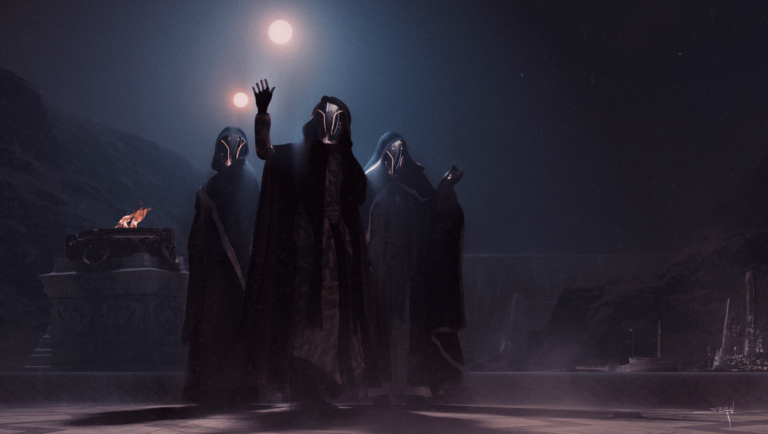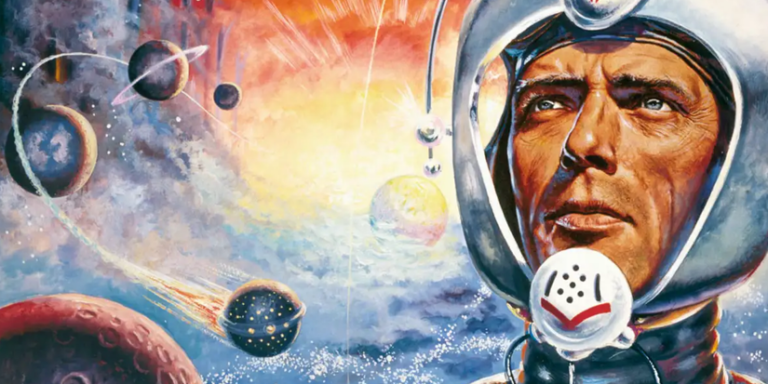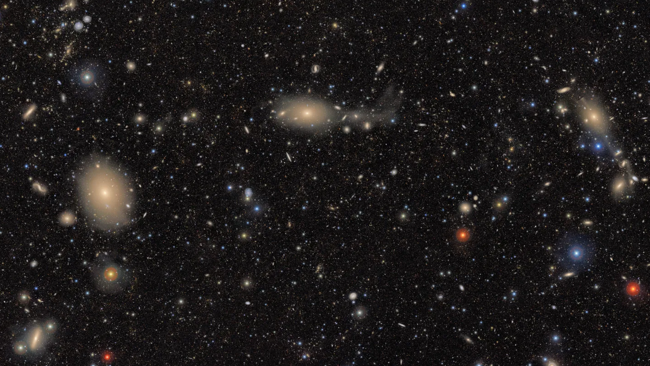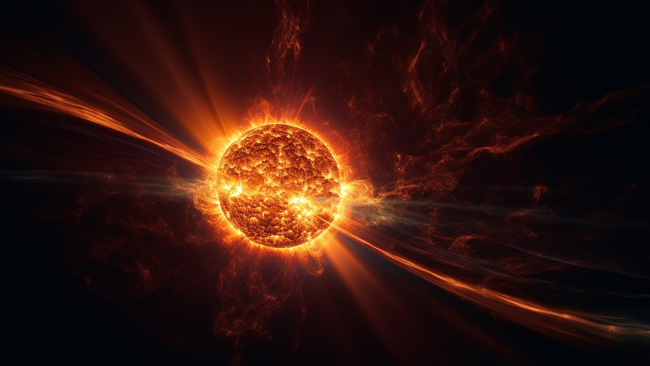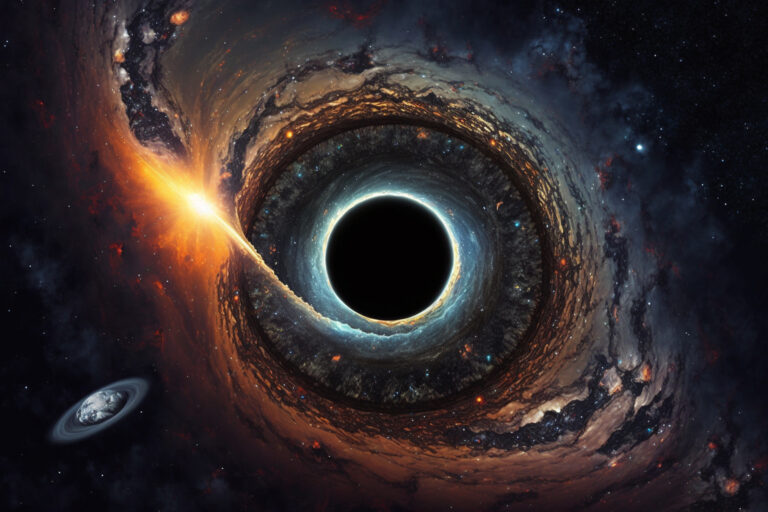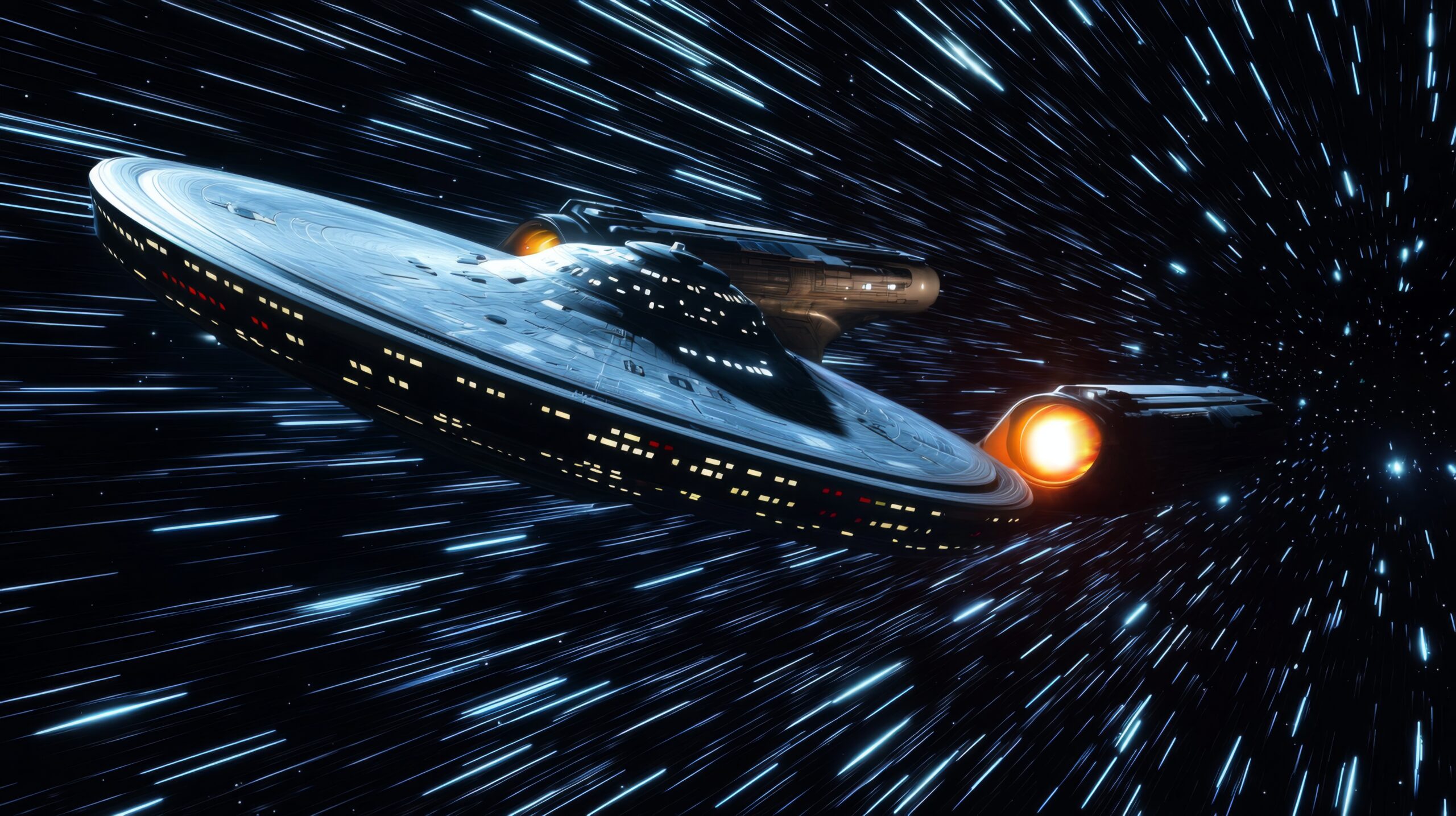
The transporters in Star Trek are a sci-fi icon
In the Star Trek universe, a transporter is a fictional technology used to move people and objects instantly from one location to another, typically from a spaceship to a planet’s surface or vice versa. The transporter works by employing a process called “matter-energy conversion” and reassembling matter at the destination. Here’s an overview of how it works in the fictional science of Star Trek:
1. Scanning and Mapping:
The transporter first performs a detailed scan of the subject at the quantum level, mapping every particle’s position, structure, and energy state. This scan creates a “pattern” of the subject.
2. Dematerialization:
The subject’s matter is converted into an energy stream, effectively breaking it down into a form of pure energy. This step requires overcoming immense technical challenges, such as preserving the subject’s quantum-level details and integrity.
3. Beam Transmission:
The energy stream containing the pattern of the subject is transmitted through space to the destination using a “matter stream.” This involves subspace technology to maintain the signal integrity over distances, even through certain barriers.
4. Reassembly (Rematerialization):
At the destination, the energy stream is reassembled back into its original matter form using the stored pattern. The transporter ensures every particle returns to its exact original configuration.
5. Pattern Buffer:
To deal with delays or errors, the transporter uses a “pattern buffer,” a temporary storage system that holds the matter-energy stream before rematerialization. This feature helps reduce errors and manage complex operations like multiple simultaneous transports.
6. Heisenberg Compensators:
In Star Trek, the fictional “Heisenberg Compensators” address the issue of quantum uncertainty (the Heisenberg Uncertainty Principle) by enabling precise tracking and reassembly of particles. This device is never fully explained but is used as a handwave for the technical impossibility in real-world physics.
Limitations in Star Trek Lore
• Range: Transporters typically have a limited range, requiring a starship or transporter station to be nearby.
• Interference: Energy fields, shields, or certain materials (like dense metals or unknown substances) can block the transporter signal.
• Pattern Degradation: If the pattern buffer is unable to maintain the subject’s integrity for too long, errors or “transport accidents” can occur, such as incomplete reassembly.
While transporter technology is firmly rooted in science fiction, the concept has inspired discussions in quantum physics and teleportation, particularly in relation to quantum entanglement and information transfer.
